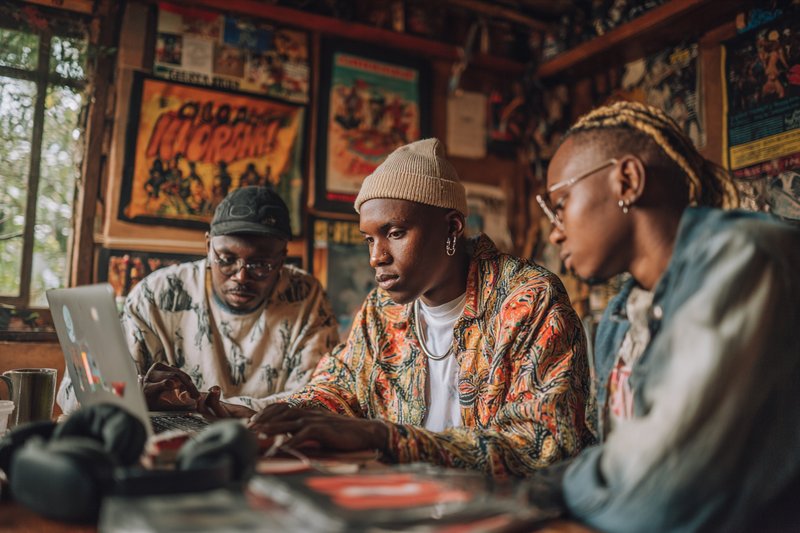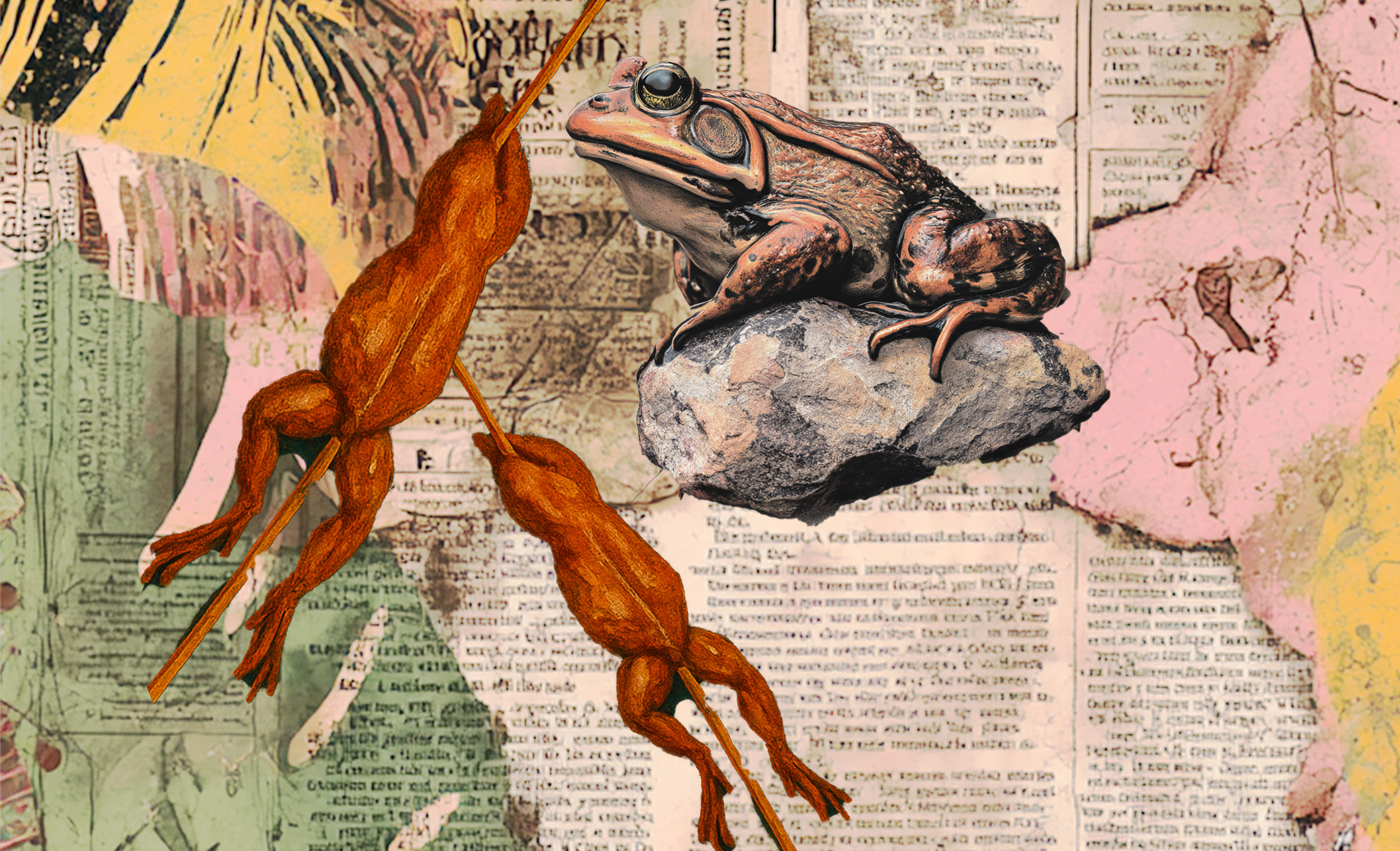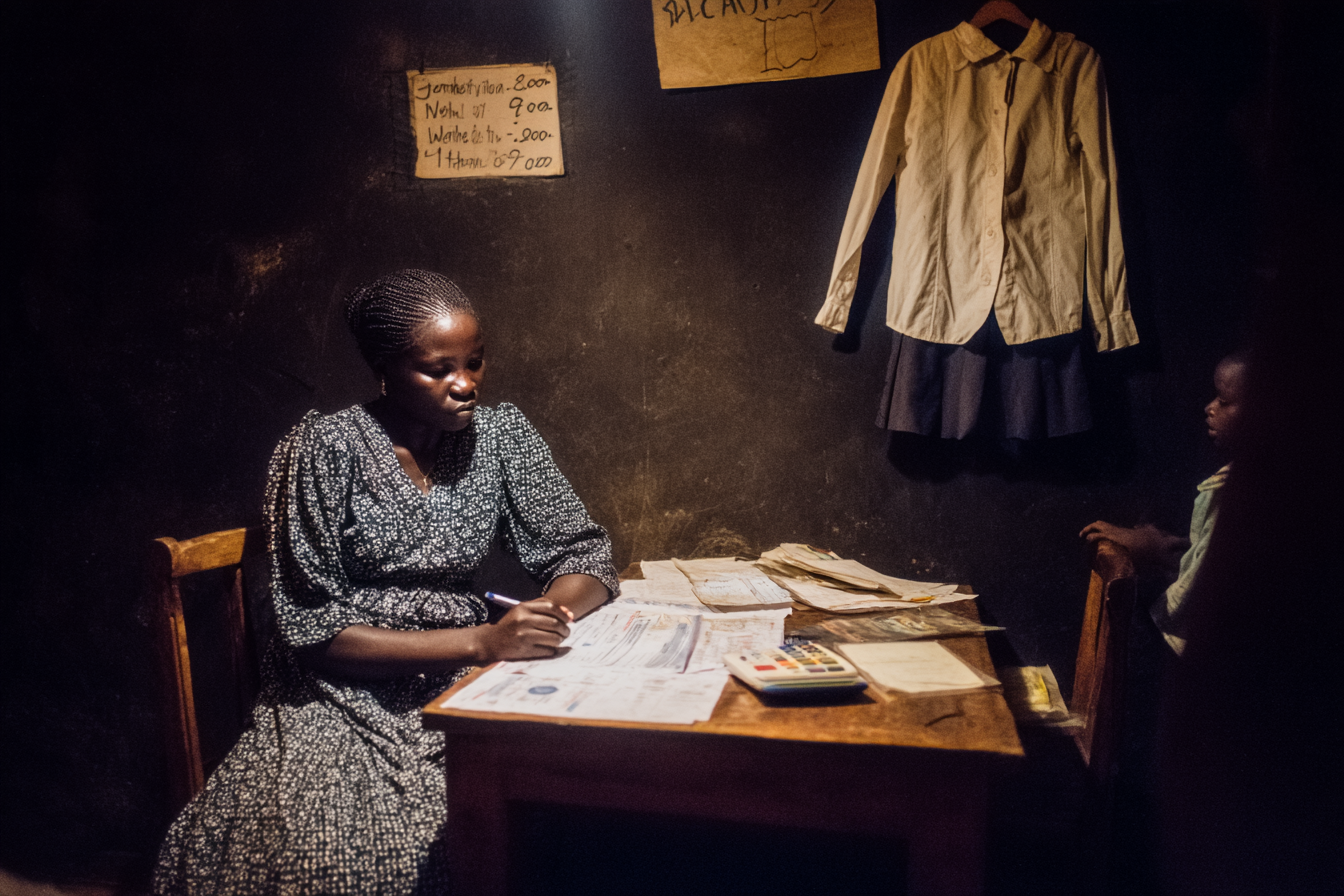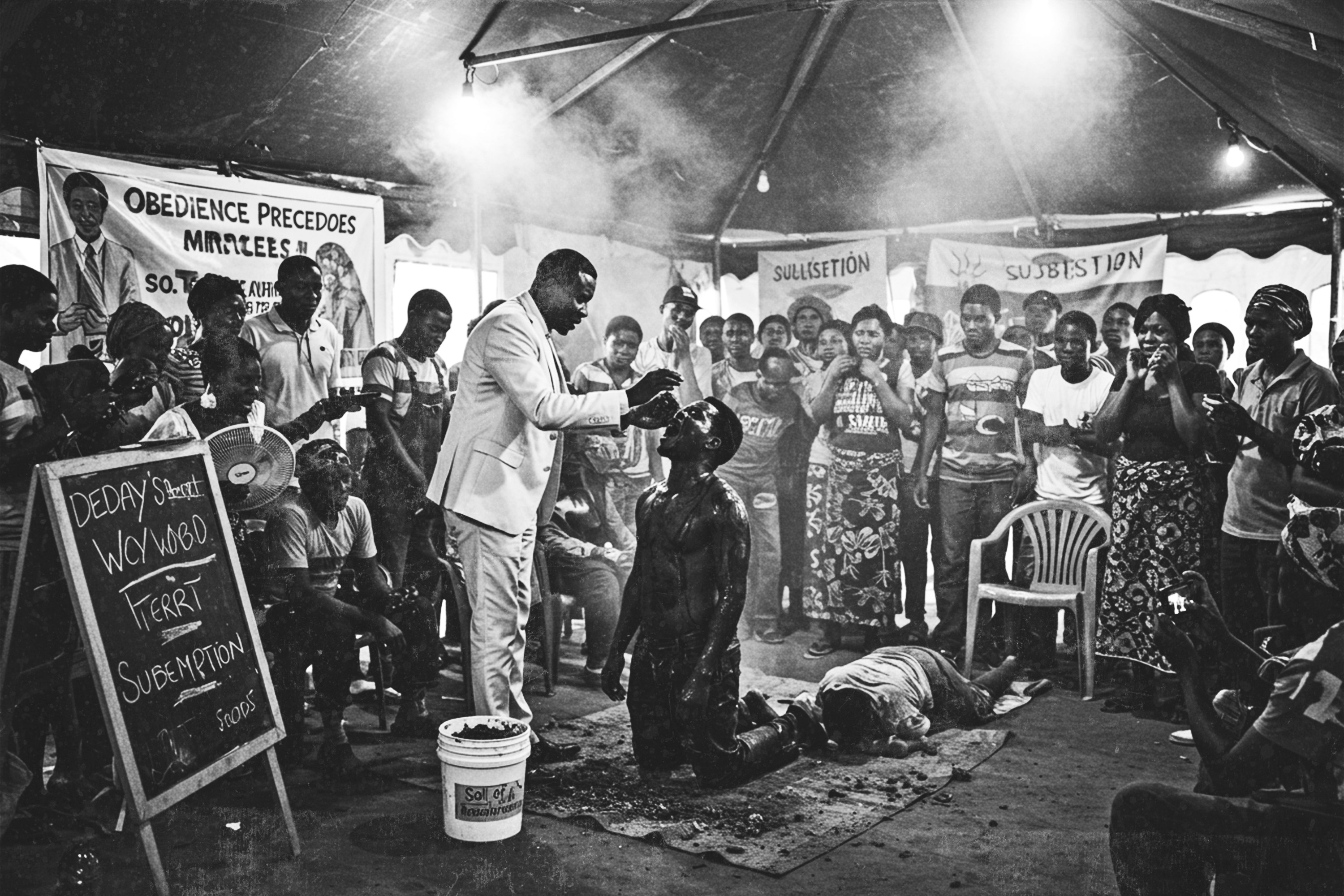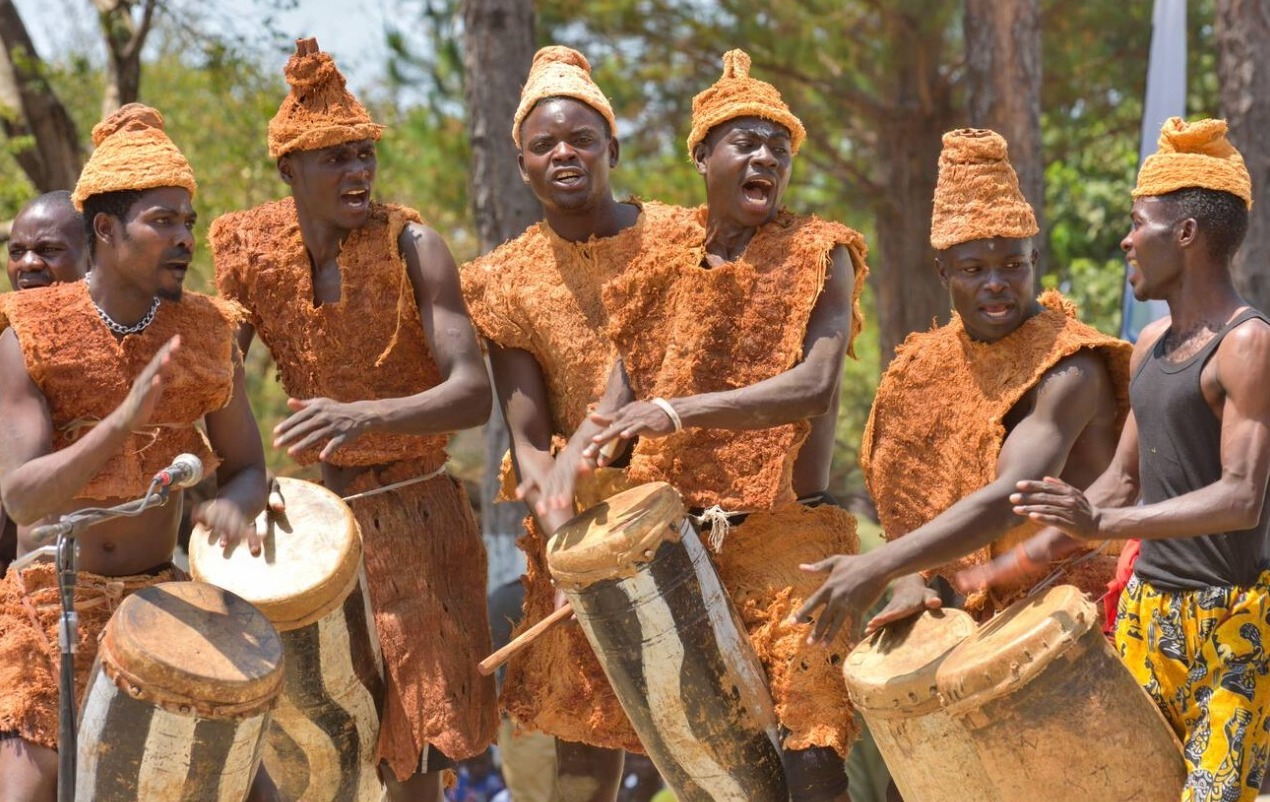This cultural awakening, amplified by social media, echoes the pioneering spirit of Zamrock while establishing entirely new forms of self-expression. Through intimate encounters with punk skating culture, earth-centred spirituality, and alternative music communities, this exploration reveals how Zambia's youth are creating spaces of belonging where difference is not just tolerated—it's celebrated.
Dreadlocked and waist-beaded. Tattooed and pierced. Draped in all black or swathed in earthy tones. Among the crowds of jeans and button-up shirts that characterise Zambia’s traditionally conservative social landscape, you might glimpse them rollerblading down roads with no designated lanes. Whether they identify with punk skating culture, alternative music scenes, spiritual practices, or refuse to conform to conventional expectations, they now occupy spaces where such expression was previously rare.
In Zambia, social acceptance has historically been tied closely to conformity—not just keeping up with community standards, but actively mirroring them in dress and behaviour. How we conduct our lives and their perceived value has often been measured by the schools we attend, the career paths we choose, and the life milestones we reach at socially expected ages. Our life journeys are frequently deemed acceptable only when they follow well-established patterns set by those around us. Any deviation from these norms tends to attract scrutiny and judgment against unspoken social codes of what is considered “appropriate.” Confident clothing choices might be misinterpreted as making moral statements, tattoos could be associated with negative stereotypes, and traditional spiritual symbols might be misunderstood through contemporary religious lenses.
However, recent years have witnessed the emergence of a broader spectrum of individual expression than ever before. This shift has been amplified by social media influencers who represent those seeking alternative identities and communities where they can find acceptance and belonging.

I discover these online communities organically through social media algorithms that suggest profiles of young Zambian women who embrace what contemporary aesthetics might categorise as “alternative” lifestyles that some traditional perspectives might view with suspicion. Despite scepticism, alternative music culture is gradually gaining recognition among youth seeking diverse forms of self-expression.
To experience this culture beyond digital spaces, I attend Unwired Volume 1, the inaugural event in a monthly alternative music series created by musician Ash Nine through her collective Smoke and Thunder.
The Kabulonga venue appears conventional, but the attendee demographic tells a different story. Ticket collectors wear outfits reminiscent of Japanese anime aesthetics, and entering reveals a gathering predominantly dressed in black leather, distressed denim, fishnets, chokers, band merchandise, combat boots, and artistic clothing modifications. Individuals who might appear unusual walking alone elsewhere create a cohesive community here.
Initially, I worried about fitting into a subculture where others seem completely immersed, while I only occasionally engage with alternative music and fashion. This concern helps me recognise that attendees likely carry similar feelings of cultural isolation in their daily lives, away from gatherings that bring together like-minded individuals.
During the karaoke portion, my friend and I chose a Linkin Park song—globally popular music that might still draw curious looks from family members when played in casual settings. Taking the stage, expecting only our nervous voices, we’re overwhelmed by the collective response as everyone joins in, creating a powerful chorus that drowns out our individual contributions. This music and aesthetic, while uncommon in broader society, generates such light and solidarity.
Speaking with Ash Nine afterwards, she identifies moments like these as the inspiration behind Smoke and Thunder and the Unwired events, describing the first volume as one of the most meaningful nights of her life. “Everyone understood. Everywhere you looked, someone was singing along to familiar songs or tracks you didn’t expect others to know. It was an incredible experience, and I can’t wait for more people to discover this community—because building community is the entire purpose.”
Ash Nine recalls a childhood where her preference for rock music over mainstream Zambian radio made her feel isolated. Realising as an adult that many others shared similar experiences, she created Smoke and Thunder to establish a supportive space for alternative music in Zambia, fostering community through shared passion.
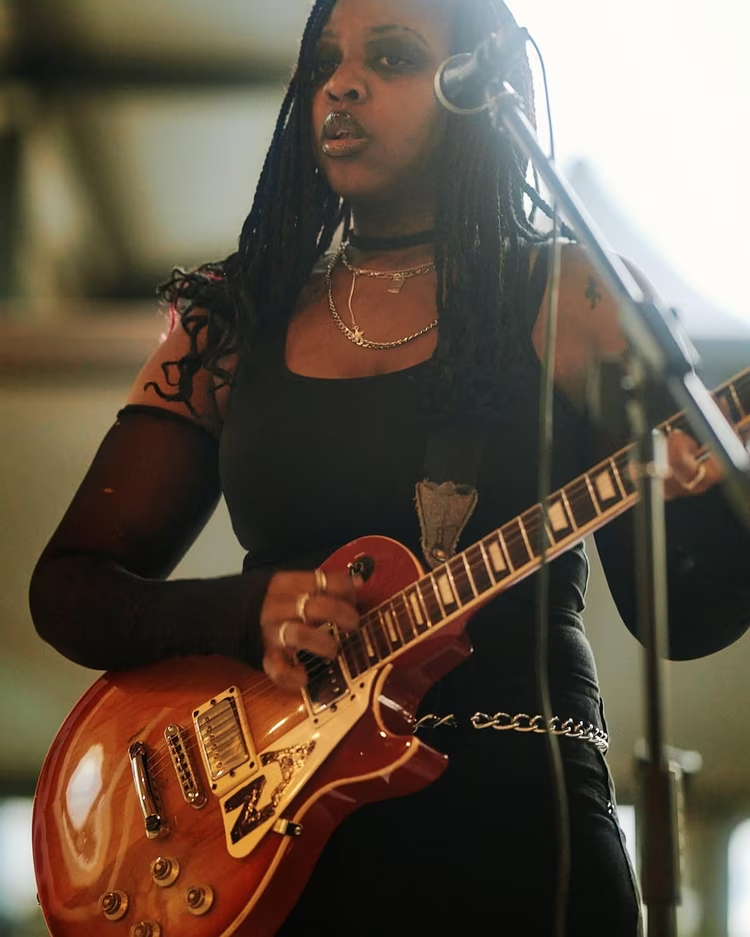
“Zambians can embrace tastes beyond what we consider traditional or mainstream. We’ve witnessed this historically with Zamrock, where we adopted rock music and made it distinctly ours, blending it with traditional sounds. Now, in this contemporary era, we’re creating another cultural wave that’s different yet remains authentically part of Zambia’s ongoing story,” she explains.
Her reference to Zamrock illuminates parallels between the return to 'earth-centred' aesthetics and the reclamation of alternative music culture. Zamrock produced some of the country’s and continent’s most influential musicians, representing a crucial chapter in our cultural history that required pioneers willing to step beyond conventional boundaries—much like every individual participating in today’s counterculture movements.
On another spectrum of Zambian counterculture—perhaps even more visually striking, but equally driven by passionate engagement with nature, spirituality, and aesthetic choices of the ‘earth-centred’ lifestyle.
These individuals present themselves in harmony with natural settings, photographed during golden hour light, wearing flowing garments that complement organic backgrounds. Yet their content extends far beyond visual presentation, encompassing educational materials about African spiritual practices that align more closely with ancestral traditions than with many contemporary religious frameworks.
Joan Dingatse’s online footprint exemplifies this movement. Her aesthetic includes cowrie shell jewellery, decorative face gems, facial piercings, dreadlocks, and bold makeup choices. She balances typical young adult content—daily vlogs, social outings, emotional expressions—with educational material about her spiritual beliefs. In her videos, she demonstrates traditional cleansing rituals and discusses African spirits and her personal spiritual connections.
Her content represents cultural education rather than controversy for those familiar with African spiritual traditions. On the other hand, these ideologies may not be welcomed by those practising mainstream Christianity. When ancestral reverence and spirit acknowledgement are mentioned, it may be labelled as problematic worship—although, some may argue, these beliefs formed the foundation of pre-colonial Zambian societies, where communities found the sacred in nature and honoured the spirits they believed inhabited it.
While negative feedback exists, Dingatse is a small part of a supportive and affirming community, ‘embracing her own power.’ Addressing the stigmas often carried by members of counter cultures directly: “I have made peace with the fact that even as I move through the world authentically, some people will perceive me as something they consider negative, and that’s not my responsibility to change. I carry an energy that feels intense to many people, but it’s exactly right for me.”
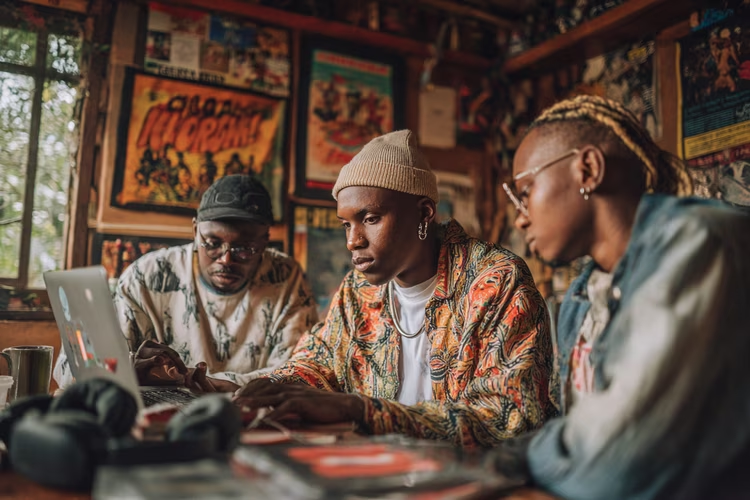
And with Dingatse’s closing words still with me, I realise that a unique creative expression emerges when individuals follow their own authentic path, whether guided by traditional African rhythms or contemporary bass lines. Observing young adults forging independent directions despite stigma and misunderstanding—regardless of criticism they might face or opportunities they might be denied—fills me with optimism and hope for the innovative cultural contributions their authentic voices will make to Zambia’s future and each other’s lives.
